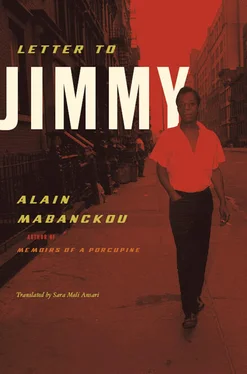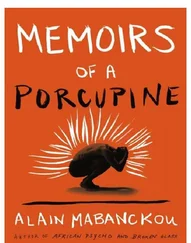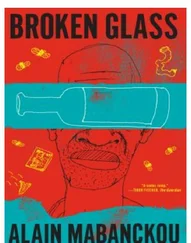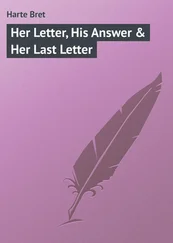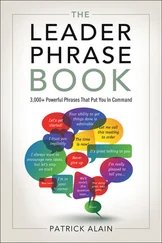On the list of these epigones, parodists, and imitators, some of whom have more talent than others, is Richard Wright, who publishes Uncle Tom’s Children in 1938. Later, in 1973, there is Amiri Baraka with Uncle Tom’s Cabin: Alternate Ending . Closer to our era, Amanda Claybaugh also mentions Beloved, Toni Morrison’s novel, published in 1987. Faced with this flood of protest novels born under the influence of Uncle Tom’s Cabin, your judgment is harsh: “It is indeed considered the sign of a frivolity so intense as to approach decadence to suggest that these books are both badly written and wildly improbable. One is told to put first things first, the good of society coming before niceties of style of characterization. [. .] [Protest novels] are fantasies, connecting nowhere with reality, sentimental; in exactly the same sense that such movies as The Best Years of Our Lives or the works of Mr. James M. Cain are fantasies.” 47
As Benoît Depardieu judiciously points out, “While African-American writers in days past had emphasized the social origins of black paranoia, such as Richard Wright drawing inspiration from the Chicago school, Baldwin tackles its psychological roots, holding blacks responsible in some part for their own paranoia.” 48
•••
By leading a crusade against protest novels, you earn your admission into the literary arena and create a reputation for yourself of being a Young Turk.
It must be remembered that Uncle Tom’s Cabin , marketed as one of the first works of anti-slavery fiction, sold more than 300,000 copies in less than two years. The work becomes the only American novel to sell more than a million copies, following closely behind sales of the Bible. Amanda Claybaugh underlines what a great feat this is; at the time, novels were something akin to “public property”: passed from one hand to the next, borrowed from traveling libraries, read out loud to the whole family, meaning that for each copy of Uncle Tom’s Cabin , there were at least five readers. . 49
What sparks the success of this novel? It arrives without a doubt at the right moment, at a time when an ever-growing feeling of guilt was clouding the collective memory of white Americans. Beecher Stowe had moreover written her novel in reaction to the Fugitive Slave Act of 1850, declaring the return of all runaway slaves. The reception of the book is such that its characters become representatives of a part of the nation that considers itself open, enamored with liberty. At last, the reassuring, redemptive conversation that condemns and criticizes an entire system is in the open. Even better, these attacks and charges against the slavery of blacks come from a white woman, she herself a descendant of slave-owners. Based on this, the hasty conclusion is drawn that Uncle Tom’s Cabin inspired the anti-slavery movement, a notion reinforced when President Abraham Lincoln, who had just signed the Emancipation Proclamation, invites this illustrious writer to the White House. . 50
Uncle Tom, the good Negro, enters into the imagination of American society: advertisers latch on. The book is not only a best seller in the United States; its effect reaches international heights, too. In France, for example, George Sand takes up her pen in 1852 to commend the talent of her American female colleague: “The life and death of a child, the life and death of a negro, herein lies the entire book. This negro and this child are two saints from heaven. The friendship that draws them together, the respect these two perfect beings express for one another; it is pure love that fuels the passion of this tragedy. I know not what genius other than saintliness could have imbued this affection and this situation with so sustained or so potent a charm. [. .] Honor and respect to you, Mrs. Stowe. One day or another, your reward already written in the heavens will also be of this world.”
George Sand may be conscious of the novel’s weaknesses, also noted by certain critics, but she is moved by the “long dialogues, the carefully studied portraits” of this book that “mothers, young children and servants can read and understand, and that men, even the highly-placed, cannot disdain.” Her generosity is in the end one of a fully satisfied reader: “If the best praise we can offer a writer is to love her, the most honest we can be with a book is to love its defects. [. .] These defects only exist in relation to artistic conventions that have never been absolute.”
Taking the opposite approach to George Sand, you highlight the fact that these so-called protest novels deprive themselves of the demands of truth, and drown the very essence of the novel in a sanctimonious discourse: “Finally, the aim of the protest novel becomes something very closely resembling the zeal of those alabaster missionaries to Africa to cover the nakedness of the natives, to hurry them into the pallid arms of Jesus and thence to slavery. The aim has now become to reduce all Americans to the compulsive, bloodless dimensions of a guy named Joe.” 51
Uncle Tom’s Cabin is a “convenient” work for everyone, although its very creation should awaken the collective consciousness and should not sacrifice historical reality for emotion. The characters in Uncle Tom’s Cabin wear masks which, when removed, expose the greatest deception. Uncle Tom, for example, represents the stereotype of the black man inherited from the American imagination: he is illiterate, has nappy hair, and his “phenomenal hardiness” always allows him to endure the vicissitudes of the life of a captive, and, in the end, to “triumph” over them. With regard to the other slaves — George, his wife Eliza and their son — the author cannot escape from platitudes. The son resembles down to the last detail the stereotype of a shoeshine boy. Eliza, for her part, is lighter-skinned. While George is darker-skinned, he nevertheless does not have especially “negroid features,” which allows him to pass. When he “escapes from his master’s house disguised as a Spanish gentleman, he can walk through town without arousing anything other than admiration.” 52
The academic Amanda Claybaugh, who seems to want to give this classic its due justice, regrets that the work has been wrongly condemned. To those who criticize its racism and sentimentality, Claybaugh would have them remember that Beecher Stowe was the first American to imagine the black slave as a Christ figure. . 53
•••
Harsher still are the criticisms you launch against Wright’s Native Son at the end of “Everyone’s Protest Novel,” and, later, in another article entitled “Many Thousands Gone,” 54which would appear in the Partisan Review in 1951.
With pencil in hand, reading your work closely, Wright is convinced that you are trying by any means necessary to destroy his work, especially when you place Uncle Tom’s Cabin and Native Son on the same plane. You criticize his character Bigger Thomas for harboring a blind hatred that drives him to rape, an obsessive fear that leads to murder: “Below the surface of this novel there lies, as it seems to me, a continuation, a complement of that monstrous legend it was written to destroy. Bigger is Uncle Tom’s descendent, flesh of his flesh, so exactly opposite a portrait that, when the books are placed together, it seems that the contemporary Negro novelist and the dead New England woman are locked together in a deadly, timeless battle; the one uttering merciless exhortations, the other shouting curses.” 55
But what distances you from Wright even further is his view of black American society. You consider the characters of Native Son to be far removed from the truth of daily life; since they are untethered from reality, they are also separated from the common and painful life of the black American. For you, the setting and dialogues ring false: “It is remarkable that, though we follow him step by step from the tenement room to the death cell, we know as little about him when this journey is ended as we did when it began; and, what is more remarkable, we know almost as little about the social dynamic which we are to believe created him. Despite the details of slum life which we are given, I doubt anyone who has thought about it, disengaging himself from sentimentality, can accept this most essential premise of the novel for a moment.” 56
Читать дальше
